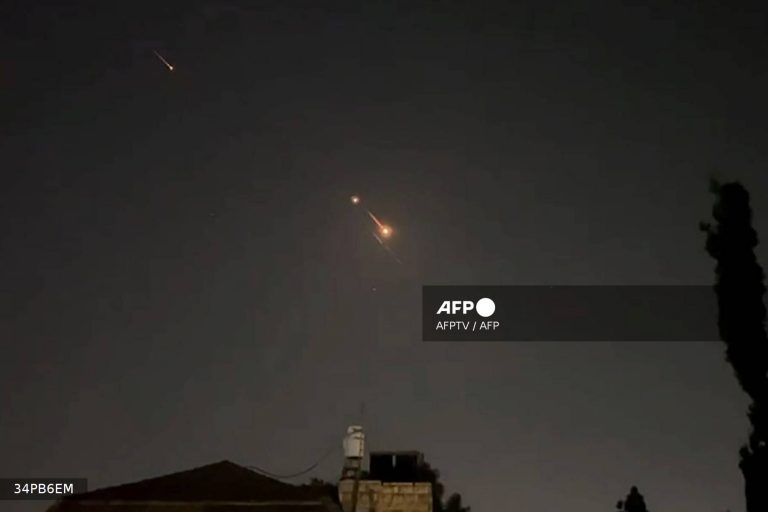Iran Successfully Launches Two Satellites Amid Rising Tensions With Israel.
In a significant development, Iran successfully launched two satellites, “Kawsar” and “Hudhud,” into space just days after recent Israeli airstrikes targeted Iranian facilities. These launches, carried out on Tuesday morning, mark a notable advancement in Iran’s space programme, with both satellites now in orbit approximately 500 kilometres above Earth, deployed by a Russian Soyuz satellite carrier.
“Kawsar,” developed by Iran’s Omid Fazaa company, is Iran’s first satellite equipped with high-resolution capabilities, featuring an RGB camera with a Ground Sample Distance (GSD) of 3.45 metres. Weighing 30 kilograms, it is designed for a three-and-a-half-year operational lifespan and will primarily support agricultural, mapping, and cartographic applications. Work on the satellite commenced in 2019, and its high resolution sets it apart as a significant asset for Iranian infrastructure.
Alongside Kawsar, the smaller Hudhud satellite – weighing just 4 kilograms – is also geared towards agriculture, environmental monitoring, and mapping. With an expected lifespan of four years, Hudhud enhances Iran’s capacity to monitor and manage environmental and agricultural conditions domestically.
Following the successful launches, Hassan Salarieh, head of Iran’s Space Organisation, announced that Iran plans to deploy between five and seven additional satellites over the next year. Some of these missions will utilise Iran’s indigenous launch vehicles, including the “Simorgh” and “Qayyem” rockets. Salarieh further noted Iran’s ongoing ambition to send humans into space, emphasising that collaboration with private industry could accelerate this goal.
The two Iranian satellites, launched as part of a larger payload, were among 53 small satellites placed into orbit with support from Russia’s Roscosmos agency. These included Russian Ionosfera-M satellites to monitor space weather and a joint Russian-Chinese student satellite, Druzhba ATURK.
This launch comes as Iran and Russia continue to deepen their partnership across multiple sectors, with an anticipated “comprehensive strategic partnership” agreement expected to be signed during an upcoming visit to Moscow by Iranian President Masoud Pezeshkian. This partnership has drawn international scrutiny, with Ukraine and Western nations alleging that Iran has provided drones to Russia for use in Ukraine.
The satellite launch takes place amidst escalating tensions between Israel and Iran, as Israeli airstrikes continue to target facilities linked to Hezbollah in Lebanon, as well as Iranian-backed militias in Iraq. In light of these hostilities, Iran has warned of potential retaliation, which could include regional allies such as Hezbollah and Iraqi militias. The United States has responded by bolstering defence systems in the region, signalling growing concerns of a potential broader conflict.
Iran’s satellite launch underscores Tehran’s resilience in advancing its technological goals, despite heightened regional instability and international scrutiny.



